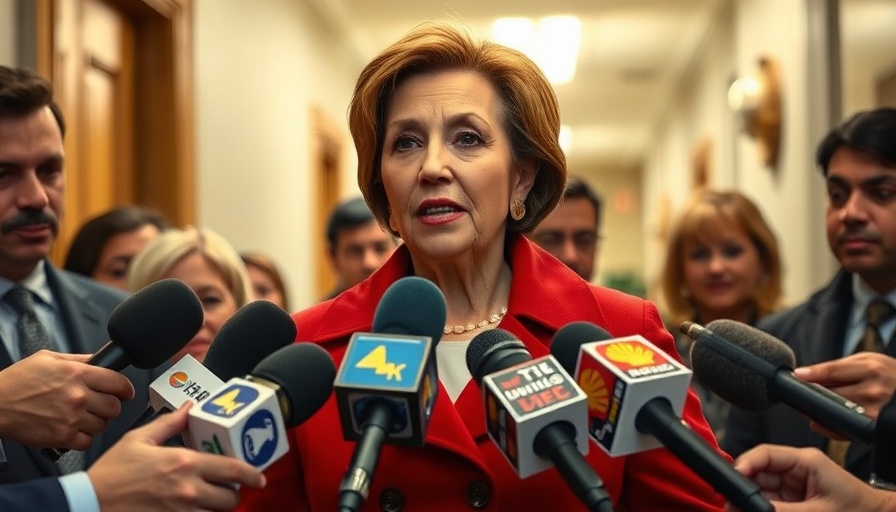
The Struggle for Remote Work: A Case Study
In today’s fast-paced work environment, many companies have adapted to remote work policies, allowing employees to manage their tasks from the comfort of their homes. However, a disturbing trend has emerged among this shift, as illustrated by a recent case involving an employee who, after sustaining a foot injury, was denied the option to work from home despite prior approval. This individual has brought attention to not only their predicament but also to the broader issue of toxic workplace cultures that many employees endure silently.
Why Work-from-Home Approval Matters
The significant value of work-from-home (WFH) arrangements has been highlighted during the pandemic, where flexibility and safety became paramount. For employees, being able to work remotely provides not only comfort but essential accessibility during challenging times, such as when recovering from an injury. Denying such reasonable requests can exacerbate stress and lead to feelings of isolation, ultimately contributing to workplace toxicity.
Understanding Workplace Toxicity
Workplace toxicity can manifest in various forms, from unrealistic expectations to a lack of empathy from management regarding employee well-being. In the case of the individual denied WFH, the rejection not only undermined their physical condition but also illustrated a disconnection between management and employee needs. Toxic cultures tend to prioritize productivity over health, setting a dangerous precedent that may lead to burnout.
Empathy and Leadership: A Necessity, Not a Luxury
As organizations evolve, the requirement for empathetic leadership becomes clear. Such leaders recognize the importance of supporting their teams through difficult times. To avoid cultivating a toxic environment, leaders must be prepared to listen and adapt policies that accommodate employee health needs. In the case mentioned, a simple acknowledgement of the employee's situation could have fostered loyalty and trust instead of frustration.
Predicting Future Trends in Workplace Policies
The incident has sparked a conversation on the evolution of workplace culture. Employers may need to reevaluate their policies surrounding remote work. Expect to see more companies adopting flexible work arrangements as a standard practice rather than an exception, especially as studies reveal that employee satisfaction correlates significantly with increased productivity.
Supporting Employee Well-Being
During a time when mental health is a priority for many organizations, creating an environment that promotes well-being is non-negotiable. Employers should consider implementing strategies that prioritize employee mental health and allow for a balanced work-life integration. Initiatives such as regular check-ins and mental health resources can go a long way in shifting a toxic culture to one that values its workforce.
Actionable Insights for Employees and Employers
Employees must feel empowered to voice their concerns, just as the individual in this case did. For employers, establishing open communication channels where employees are encouraged to discuss their needs can lead to improved workplace dynamics. Creating a transparent environment where changes are made in response to feedback can dramatically elevate the overall morale.
Conclusion: Stand Up Against Toxicity
We are witnessing a pivotal moment in the way we work. As the murmur of toxic workplace cultures grows louder, it's pertinent for both employees and employers to engage in a dialogue about expectations, policies, and the well-being of every team member. Change often starts with a courageous conversation. Workers must advocate for their rights, while businesses must adapt to create supportive environments that foster sustainability and productivity.
As leaders and employees navigate these unique challenges, asking for flexibility in work arrangements, especially during personal crises, should be seen as a reasonable request rather than a burden. Tackling toxicity is a collective effort that requires understanding and change on all fronts.
 Add Row
Add Row  Add
Add 




Write A Comment